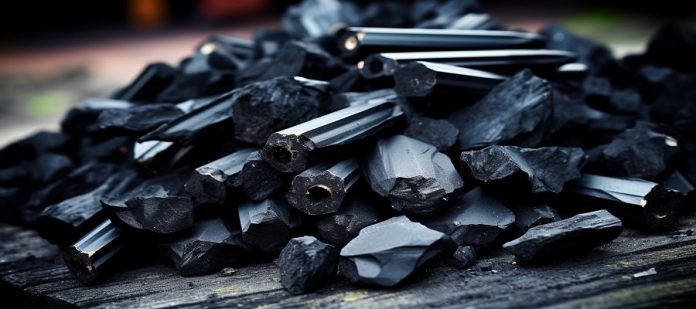Effective December 1, China has imposed new export restrictions on graphite, a critical material in the production of Li-ion batteries. Under these restrictions, exporters are required to obtain permission from Beijing to ship two types of graphite: high-purity, high-hardness, and high-intensity synthetic graphite material, and natural flake graphite and its related products. Graphite plays a pivotal role in the manufacturing of Li-ion batteries, specifically in the creation of anodes (negative electrodes), constituting 15-20% of a Li-ion battery’s mass. China is the world’s primary exporter of graphite and refines over 90% of the graphite used in Li-ion batteries. In 2022, China extracted 850,000 tonnes of natural graphite, accounting for approximately 65% of global production.
China’s Ministry of Commerce has stated that these restrictions are “conducive to ensuring the security and stability of the global supply chain and industrial chain, and conducive to better safeguarding national security and interests.” Notably, major graphite buyers from China include South Korea, the USA, India, and Japan. Japan and South Korea, significant players in Li-ion battery manufacturing, are planning to engage in discussions with China to prevent any disruptions in their production processes.
This move follows China’s earlier imposition of export restrictions on gallium and germanium, both of which are essential in the manufacturing of power electronic chips. These restrictions have led to increased prices for these materials outside of China. At the same time, China is experiencing supply chain challenges from Western countries and the USA. The European Union has levied tariffs on Chinese-made electric vehicles (EVs). Chinese companies are facing restrictions on their access to semiconductors, including advanced artificial intelligence chips produced by Nvidia in the USA. These developments reflect the evolving landscape of global trade and supply chain dynamics.









